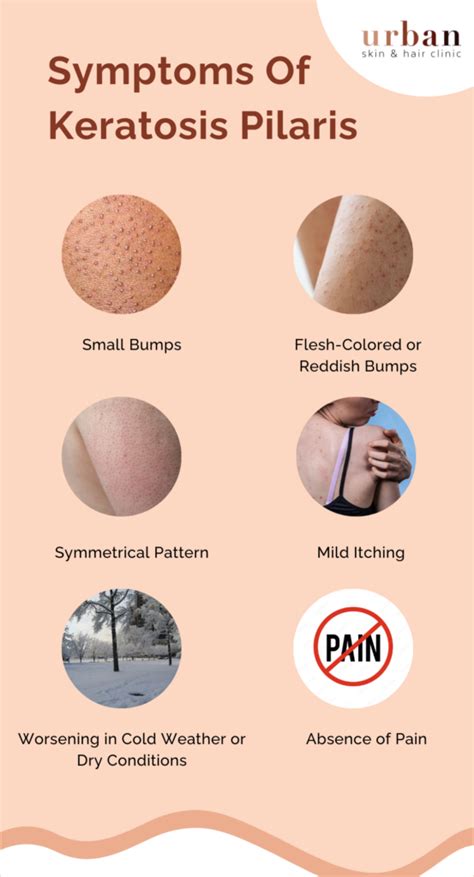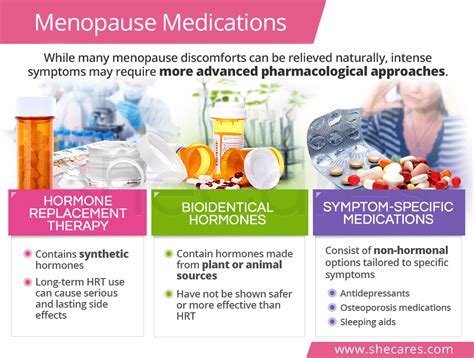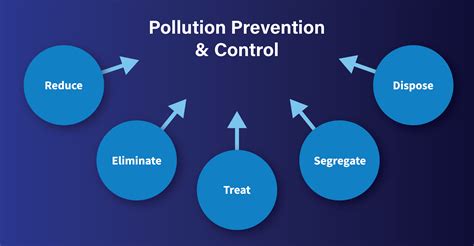Intro
Discover effective Keratosis Pilaris skin treatment options, including natural remedies and topical creams, to alleviate dry, rough skin and reduce redness, improving overall skin texture and appearance.
Keratosis pilaris is a common skin condition characterized by the appearance of small, rough, sandpapery bumps on the skin, often on the arms, legs, buttocks, and cheeks. These bumps are usually harmless but can be itchy and unsightly, causing discomfort and affecting a person's self-esteem. The condition is more prevalent during the winter months when the air is dry, and it tends to improve in warmer, more humid weather. Understanding the causes, symptoms, and treatment options for keratosis pilaris is essential for managing the condition effectively.
The exact cause of keratosis pilaris is not fully understood, but it is believed to be related to the buildup of keratin, a protein that protects the skin from damage. This buildup can lead to the formation of small, hard bumps on the skin's surface. Dry skin, genetics, and vitamin deficiencies are also thought to contribute to the development of keratosis pilaris. People with dry skin or certain skin conditions, such as eczema or ichthyosis, are more likely to experience keratosis pilaris. Additionally, individuals with a family history of the condition are at a higher risk of developing it.
Keratosis pilaris can be challenging to treat, but there are several options available to help manage the condition. Treatment typically involves moisturizing the skin to reduce dryness and irritation, as well as using topical creams or ointments to soften the bumps. In some cases, keratosis pilaris may require medical attention, especially if it is severe or persists despite self-care measures. A dermatologist can provide guidance on the best treatment options and help develop a personalized plan to manage the condition.
Keratosis Pilaris Symptoms and Diagnosis

Diagnosing keratosis pilaris usually involves a physical examination of the skin and a review of the person's medical history. A dermatologist may use a magnifying glass or a specialized light to examine the skin more closely and determine the presence of keratin buildup. In some cases, a skin biopsy may be necessary to rule out other conditions that can cause similar symptoms. It is essential to seek medical attention if the symptoms of keratosis pilaris are severe, persistent, or accompanied by other concerning symptoms, such as redness, swelling, or discharge.
Causes and Risk Factors of Keratosis Pilaris

Understanding the causes and risk factors of keratosis pilaris can help individuals take steps to prevent or manage the condition. Maintaining a healthy skin care routine, staying hydrated, and avoiding harsh skin products can help reduce the risk of developing keratosis pilaris.
Treatment Options for Keratosis Pilaris

In some cases, keratosis pilaris may require medical attention. A dermatologist can provide guidance on the best treatment options and help develop a personalized plan to manage the condition. It is essential to work with a healthcare professional to determine the most effective treatment approach and to rule out other conditions that may be causing similar symptoms.
Home Remedies for Keratosis Pilaris
In addition to medical treatment, there are several home remedies that can help manage keratosis pilaris. These include: * Applying coconut oil or olive oil to the skin to hydrate and moisturize. * Using a gentle exfoliating scrub to remove dead skin cells. * Taking warm baths or showers to help soften the skin. * Applying a humidifier to the skin to maintain a humid environment.It is essential to note that home remedies may not be effective for everyone, and it is crucial to consult with a healthcare professional before trying any new treatments.
Prevention and Management of Keratosis Pilaris

By following these tips and working with a healthcare professional, individuals can help manage keratosis pilaris and reduce its symptoms.
Lifestyle Changes for Keratosis Pilaris
Making lifestyle changes can also help manage keratosis pilaris. Some lifestyle changes that may be beneficial include: * Eating a healthy diet rich in fruits, vegetables, and whole grains. * Staying hydrated by drinking plenty of water. * Avoiding stress, which can exacerbate the condition. * Getting regular exercise to improve overall health and well-being.By making these lifestyle changes, individuals can help manage keratosis pilaris and reduce its symptoms.
What is keratosis pilaris?
+Keratosis pilaris is a common skin condition characterized by the appearance of small, rough, sandpapery bumps on the skin.
What causes keratosis pilaris?
+The exact cause of keratosis pilaris is not fully understood, but it is believed to be related to the buildup of keratin, a protein that protects the skin from damage.
How is keratosis pilaris treated?
+Treatment for keratosis pilaris typically involves moisturizing the skin, using topical creams or ointments, and making lifestyle changes to manage the condition.
In conclusion, keratosis pilaris is a common skin condition that can be managed with the right treatment approach. By understanding the causes, symptoms, and treatment options for keratosis pilaris, individuals can take steps to manage the condition and reduce its symptoms. If you are experiencing symptoms of keratosis pilaris, it is essential to consult with a healthcare professional to determine the best course of treatment. With the right treatment and self-care measures, individuals can help manage keratosis pilaris and improve the overall health and appearance of their skin. We encourage you to share your experiences and tips for managing keratosis pilaris in the comments below and to share this article with anyone who may be experiencing similar symptoms.
